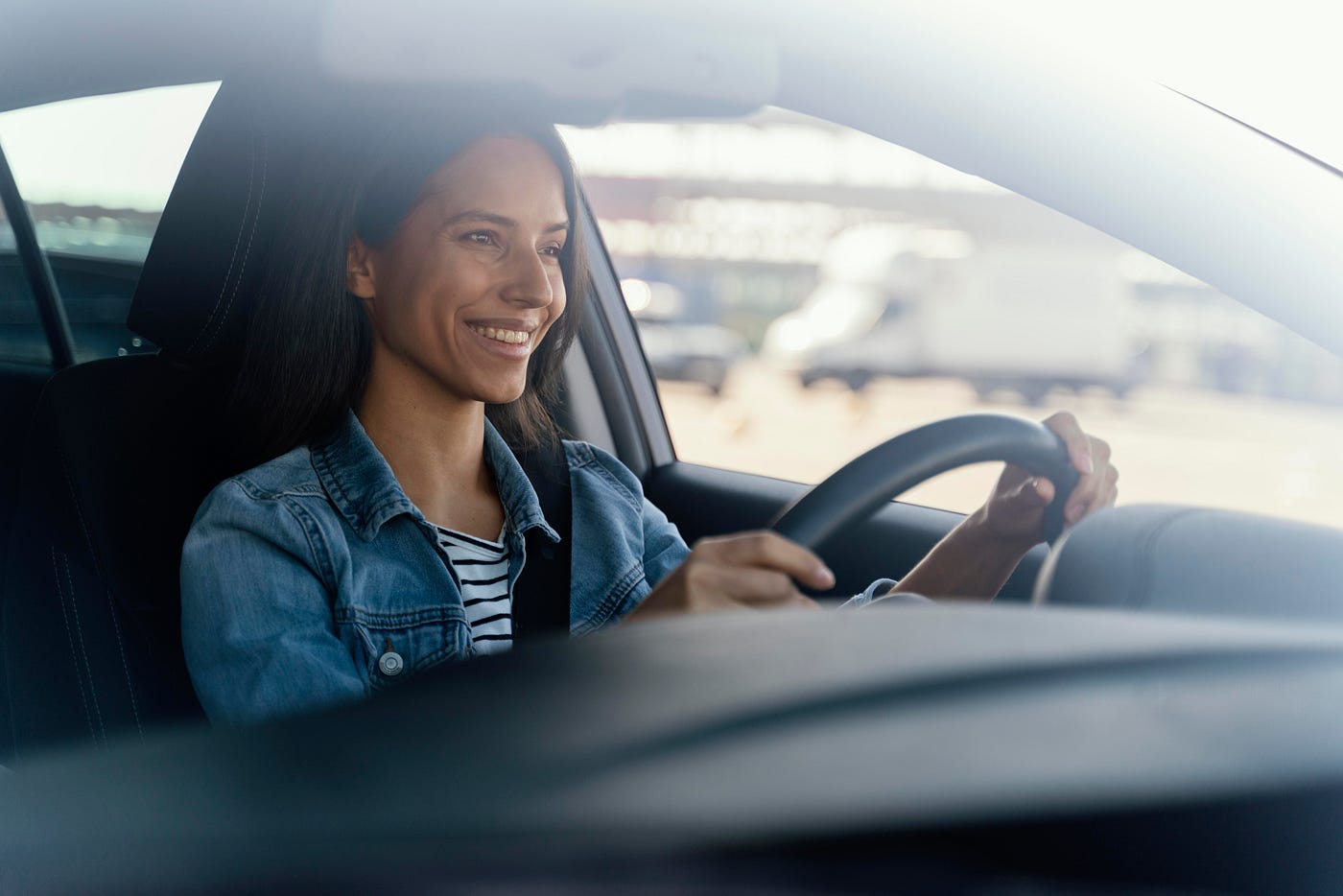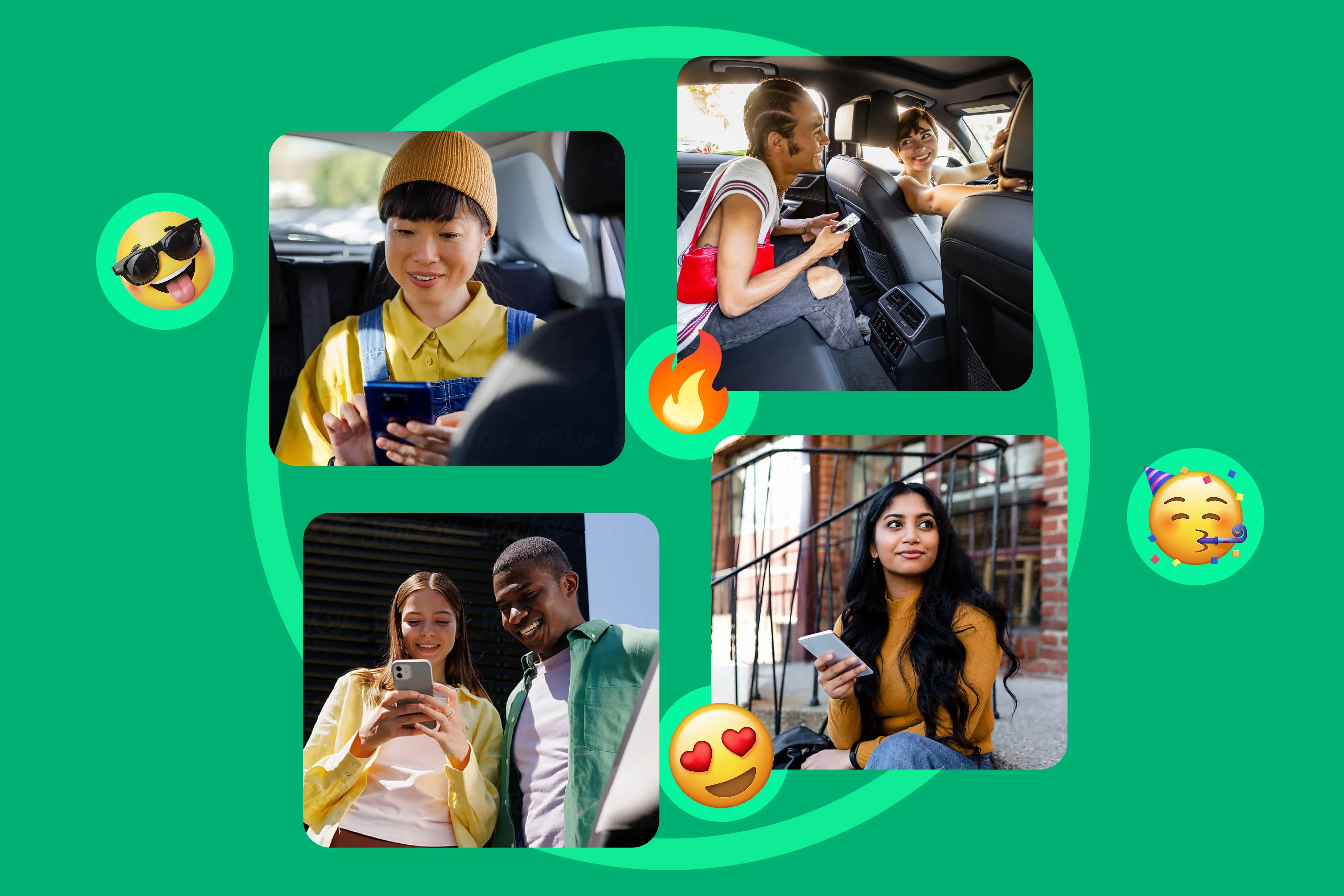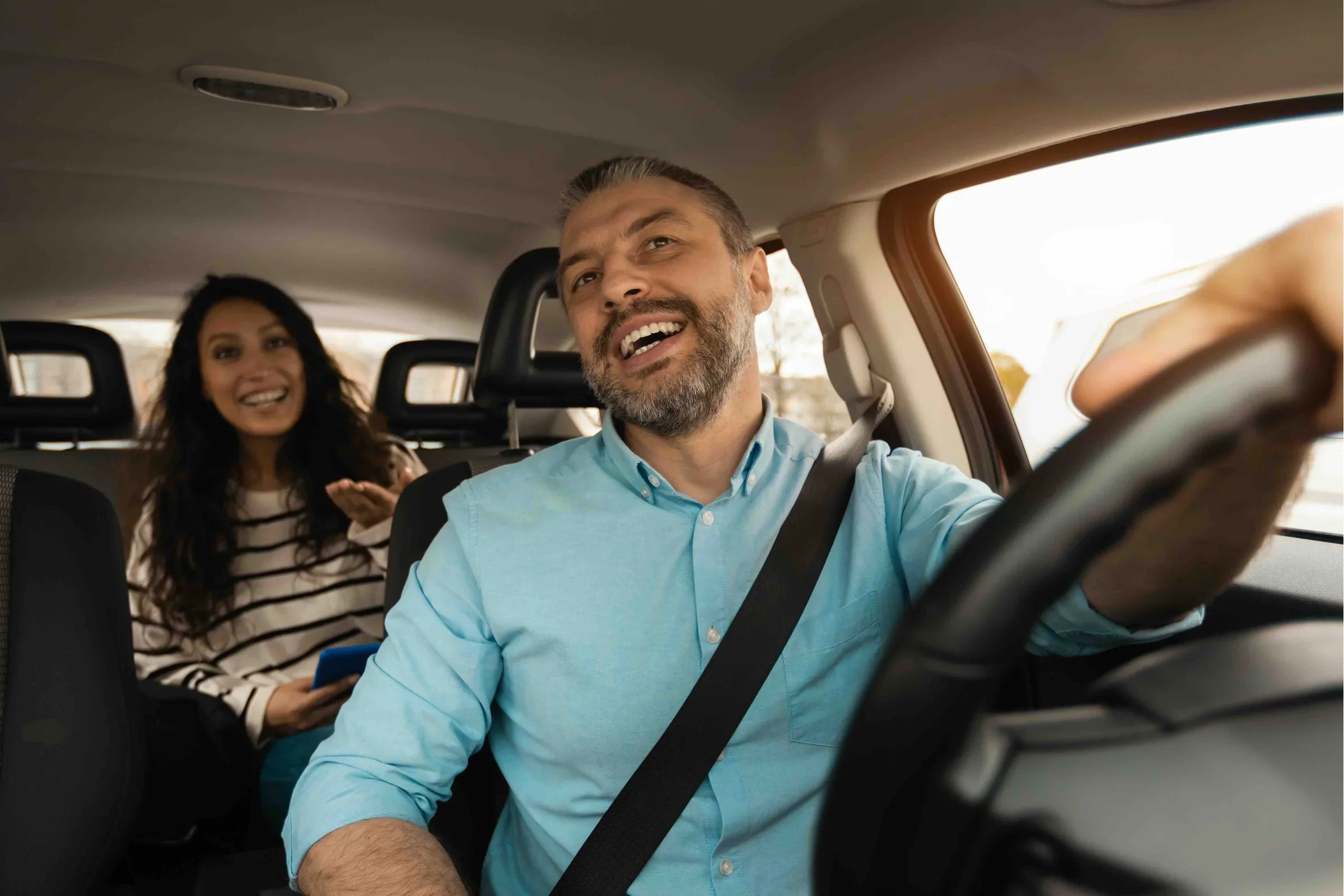Why the Future of Driving Might Look More Like Owning a Business
Forget the algorithm. The future of driving is independent, flexible, and 100% yours.
-y6dnitj3d7.webp)
The gig economy promised freedom. But for many drivers, that freedom came with strings attached — algorithmic control, fluctuating pay, and little transparency. A new model is quietly gaining traction that puts drivers back in control: Driver-as-a-Service (DaaS). Unlike traditional rideshare apps that operate on high commissions, DaaS flips the model. Drivers pay a simple subscription fee to access tools that help them run their own operation — think of it as a software toolkit for independent driving businesses.
Drivers as Independent Business Owners
At its core, DaaS sees drivers not as gig workers, but as entrepreneurs. With this approach, they can manage trip requests, navigate, communicate with riders, track earnings, and get paid directly — all without giving up a huge cut of their fare. More importantly, they keep 100% of what they earn (minus small Stripe processing fees).
“After a few rides, I’ve already covered the plan. The rest of the day is mine.” — Miguel R., Bay Area
Self-Management and True Autonomy
With freedom comes responsibility. There’s no algorithm feeding you jobs or adjusting your rates. Drivers on DaaS platforms manage their own schedules, pick their rides, and decide how much they want to work.
“As I have another job, after a few rides over $20, the rest of the fares go to me. You gotta figure out how to build a relationship with your customers"
This kind of self-management isn’t for everyone — but for those ready to take ownership, it opens up a world of flexibility and potential.
The New Hustle: Marketing and Customer Relationships
One major shift in this model is that drivers aren’t just driving — they’re building a customer base. Flyers, referrals, repeat riders — this is how you grow. The app becomes a tool, not a boss.
“I would prefer a monthly subscription, because I have another job and after a few rides over $20, the rest of the fares go to me. Until you figure out how to build a customer base relationship, I think this is the best way. You can pull riders from Uber and Lyft by telling them about it.”
Even though I’ll have to pay for a subscription, it’s still less than Uber keeps on each ride. It would be better to invest that money into building a client base, using better tools, and learning real entrepreneurial skills.”

The Trade-Off: More Work, But More Reward
There’s no denying it: this model takes hustle. But for many, that hustle leads to something more valuable — ownership. Ownership of time, of earnings, and of a real, growing business.
Apps like Omni are leading the way, offering flexible subscription plans, fast payouts, and safety features for peace of mind. But most importantly, they offer freedom. And for a growing number of drivers, that’s worth everything.

Omni Begins in Texas: A New Chapter for Riders and Drivers in San Antonio and Austin

Introducing Circles: A Safer Ride Option by Women and Nonbinary, for Women and Nonbinary

Why Real Drivers Still Matter

How Omni Matches You with a Driver
-muqvevx52d.webp)
How to Pay Less for Your Rideshare Trips While Supporting Fairness

Why Transparency in Rideshare Pricing Matters More Than Ever
-ygr49x6yaj.webp)
Should Riders Be Verified Like Drivers Before Their First Trip?

The Future of Rideshare: Who Really Wins in the Shift to Automation?
-y6dnitj3d7.webp)
Why the Future of Driving Might Look More Like Owning a Business

Download Before Your Trip! How to Use San Jose’s Local Ride App OMNI For Smoother Travel

We’re Not Just Another Ride-Hailing App — And That’s the Point
Other Posts


Fair fares, every time — no surge pricing. Download the Rider App.
Join 4,000+ startups building faster with us
-ncsawyuuju.webp)


insights, straight to your inbox.



